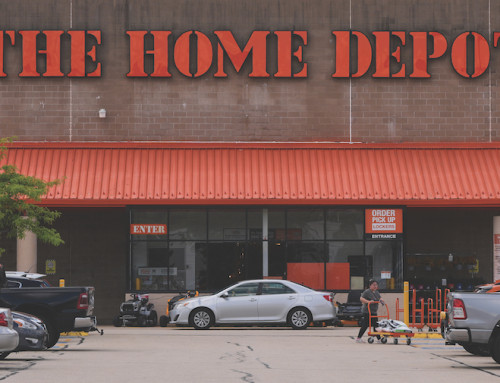When Justine Siegal and Keith Stein envisioned the nation’s first professional women’s baseball league in 70 years, they wanted to do it right. So, they examined the blueprints of successful women’s leagues and studied the pitfalls that caused promising ventures to fail.
Their research helped shape the Women’s Professional Baseball League, launching next year, the latest in a wave of ventures looking to capitalize on the unprecedented rise in popularity of women’s sports.
At least eight women’s pro leagues have launched in the past three years, including the WPBL, Unrivaled — a fast-paced 3-on-3 women’s basketball league that debuted this year — and the Professional Women’s Hockey League, seizing on rising viewership, bigger sponsorship deals and a fan base more eager than ever to support female athletes. Basketball is leading the surge, with college standouts such as Caitlin Clark becoming household names and drawing record audiences for the WNBA.
“There is a pipeline of women from around the world who are at the elite level and ready to showcase their abilities,” said WPBL co-founder Siegal, the first woman to coach an MLB team, the Oakland Athletics, “and there’s a fan base ready to watch and ready to receive and cheer them on.”
For a startup to be sustainable and profitable, mainstream recognition is key.
Good salaries and financial incentives may attract star players who could draw crowds and all-important TV deals, but analysts warn that exposure on television doesn’t guarantee success, and that a solid social media presence, strong branding and community development are imperative — along with a dose of good luck.
Among the recent women’s pro circuit additions are the PWHL, which wrapped up its second season in May, and soccer’s Gainbridge Super League, which debuted last August. Volleyball entered the spotlight in 2024 with the launch of the Professional Volleyball Federation and League One Volleyball.
Unrivaled, co-founded by WNBA stars Napheesa Collier and Breanna Stewart, finished its inaugural season with players’ salaries averaging around $200,000 — the highest of any women’s pro league. Fan engagement was high, with more than 11.9 million viewers tuning in to watch the games on TNT and truTV, signaling its long-term viability.
“Our strategy was very simple. We knew we could find success if we had the top players playing,” said Unrivaled president Alex Bazzell, a basketball trainer and Collier’s husband.
“The pinnacle of women’s sports, both from an economic standpoint and a star power standpoint, is women’s basketball,” said Bazzell. “So we had this inherent advantage from day one with the star power to activate social media and all the things that we needed.”
While Unrivaled was able to leverage its players’ popularity to fuel its success, launching a women’s sports league has historically been an uphill climb.
Leagues such as the WNBA and National Women’s Soccer League have withstood years of hardship relative to their male counterparts.
The WNBA, whose players have negotiated charter flights in recent years and are currently seeking major salary boosts, began 29 years ago fighting for support and visibility.
“This is not an undertaking for the faint of heart,” said Ed Desser, who has advised the NFL, NBA and PGA Tour on media rights. “You have to not only have a bunch of things going for you, but also be fairly lucky. Because today, you’re not only competing with every existing sport, but you’re competing, from a media consumption standpoint, with libraries full of the best content TV and film ever created.”
The environment for new women’s sports ventures is far more favorable today than it once was, said Risa Isard, director of research and insights for Parity, a women’s sports marketing platform.
The rise of streaming services has opened new pathways to reach fans directly, bypassing traditional broadcast limitations and giving emerging leagues a better shot at building devoted audiences. Isard said there’s also a wealth of data indicating women’s sports can deliver strong returns, proving “women’s sports can be good business.”
Explosive growth in attendance and viewership in part led to the NWSL’s $240 million, four-year media rights deal in 2023.








